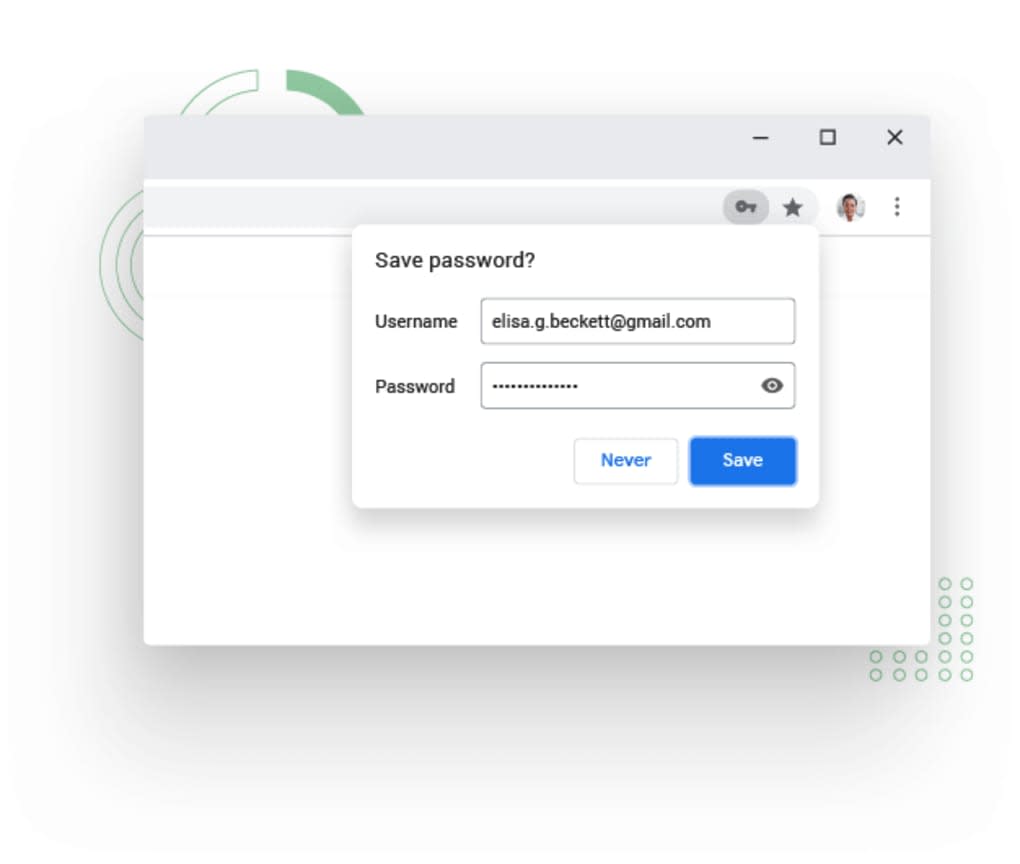

- #UPGRADE GOOGLE CHROME FULL VERSION#
- #UPGRADE GOOGLE CHROME INSTALL#
- #UPGRADE GOOGLE CHROME UPDATE#
- #UPGRADE GOOGLE CHROME SOFTWARE#
- #UPGRADE GOOGLE CHROME WINDOWS 7#
By default, the three most recent snapshots are retained. By running earlier versions of Chrome browser, you will expose your users to known security issues.Ĭhrome browser stores a snapshot of user information locally on devices after each major version update. Use the Rollback to Target version policy with Target version prefix override to temporarily roll back to a specific version of Chrome browser on Windows computers. To make sure that users are protected by the latest security updates, we recommend that they use the latest version of Chrome browser. 117.Īpplies only to Chrome browser updates. Note: You can use version numbers with up to 4 parts, such as.
#UPGRADE GOOGLE CHROME UPDATE#
to allow browsers to update to the highest available version of Chrome 90. If you want to pin updates to the highest available major version, include a period (.) after the version number.
#UPGRADE GOOGLE CHROME FULL VERSION#
If you use full version syntax, xx.xx.xx.xx, you're at risk of deploying a version that is not the most recent or has known bugs.Ĭaution: Pinning updates to a specific version of Chrome browser should be done only temporarily, such as while testing a new version of Chrome browser. Sometimes, minor versions don't reach 100% rollout due to a bug or security fix that requires a new minor version. Or, a specific version has been certified based on your organization's internal testing. For example, you might need to deploy a critical security fix and the Google Update ramp rate does not meet business needs. However, sometimes you might need to specify a certain version using the full version syntax, xx.xx.xx.xx. In general, we recommend that you use the major milestone syntax, xx., to make sure that devices remain on the latest version for that milestone.
#UPGRADE GOOGLE CHROME SOFTWARE#
Doing so prevents software fixes and security patches from being applied to Chrome browser. Important: We do not recommend turning off browser updates. Even if you turn off updates, Google Update continues to check for new updates. If you need to stop Chrome Browser updates, you can turn off automatic updates and prevent users from manually updating the browser themselves. Copy the GoogleUpdate.adm file into the Policy Definitions folder.Download the administrative template (ADM).Open Group Policy and go to Computer Configuration Policies Administrative Template Google Google Update to verify that the template loaded correctly.(Example: C:\Windows\PolicyDefinitions\en-US) In the GoogleUpdateAdmx/en-US folder, copy the google.adml and GoogleUpdate.adml files and put them in the en-US folder in Policy Definitions.Copy google.admx and GoogleUpdate.admx and put them in your Policy Definitions folder.Download and unzip the administrative template XML-based (ADMX).Download the appropriate Google Update policy template for your Windows network: Microsoft Windows Vista and later
#UPGRADE GOOGLE CHROME WINDOWS 7#
Microsoft Windows 7 and later supports both ADM and ADMX templates.
#UPGRADE GOOGLE CHROME INSTALL#
Use an administrative template to install and define policies for Google Update.


 0 kommentar(er)
0 kommentar(er)
